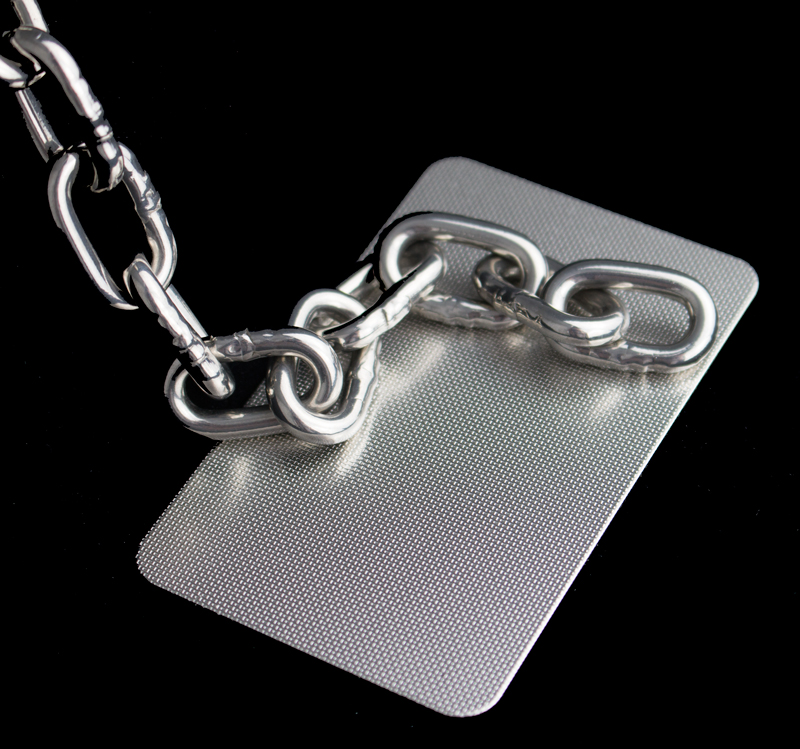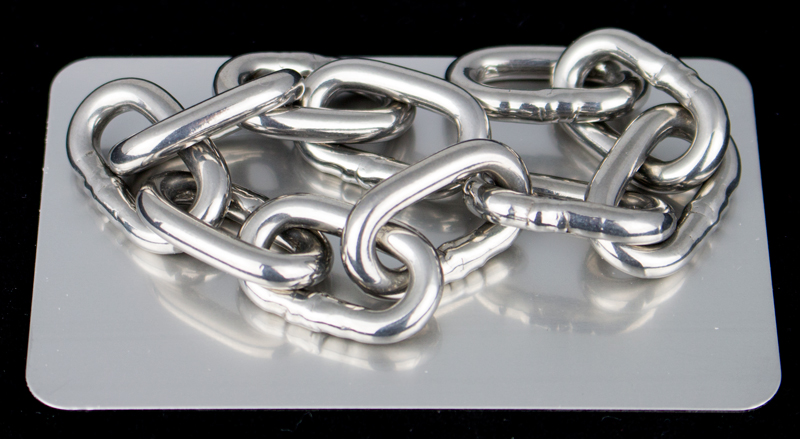Roughness measurements of stainless steel surfaces
Introduction
The roughness of a surface is a unit of measurement that defines the texture of a surface. It is quantified based on the vertical deviations of a surface relative to its ideal shape.
Depending on how big such deviations are, a surface is considered rough or smooth. It is normally necessary to know the amplitude and frequency of those deviations to determine which surface is valid for the intended use.
Roughness Ra value
Also called average roughness, it reflects the arithmetic average of the deviations of the signal above and below the centerline. The value of roughness Ra is normally measured via a micrometer.
Although the Ra value is a useful indication, being an average, it does not distinguish between peaks and valleys, therefore, very different profiles may have the same Ra value.
There is also a different concept between, for example Ra≤0,6μm and max. Ra = 0.6 μm. While for the first roughness parameter it is acceptable that no more than 16% of measurements exceeded 0.6 μm for the second case none of the measured values could exceed it.
Roughness Rz value
An alternative way to measure roughness is Rz value. Defined as the distance between the maximum height and the minimum height of irregularities or imperfections measured in a given length (standard ISO 4287-1 E.N.: 1997)
Roughness Rq value (sometimes also RMS)
This roughness value measures root-mean-square deviations of a profile (definition provided in E.N. ISO 4287-1:1997).
Considerations
It is very important to remark that improper treatment of the material surface can reverse in irreversible damage.
Also to indicate that when we have a requirement for a given value of Ra, this should be clearly defined since the corresponding values that may appear in tables for each finish are indicative and largely depend on the production processes of each manufacturer.
Material including the same routing process but from different batches or different suppliers can lead to different roughness values.
For more information on related regulations and finishes click here
Fuente: Euroinox

